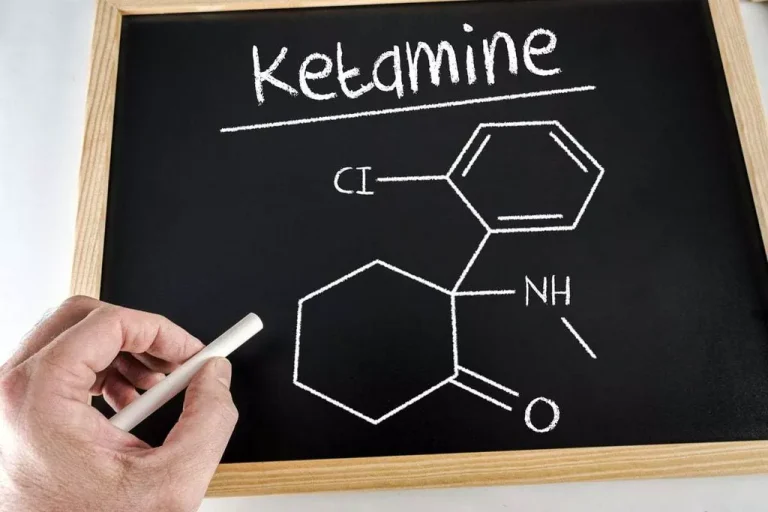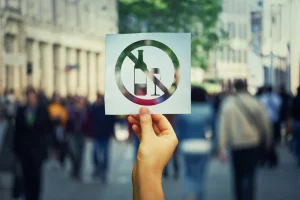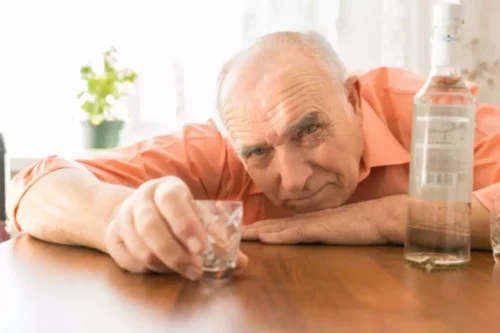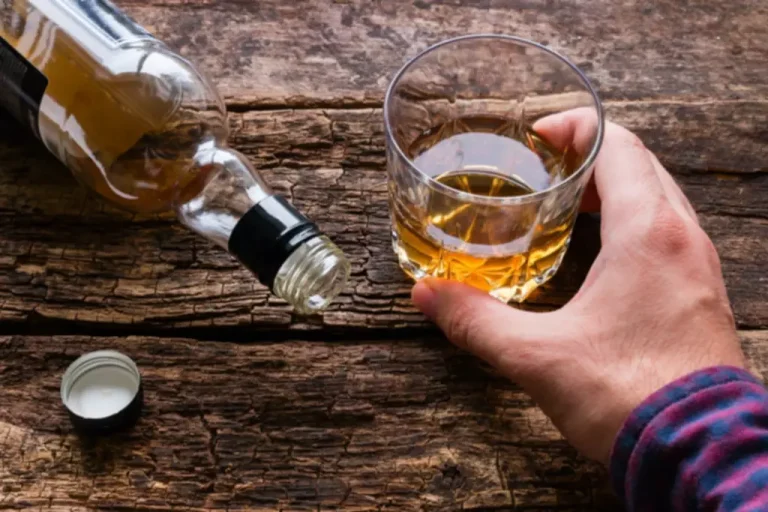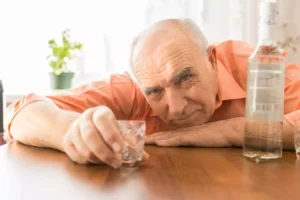Learn more about our addiction treatment programs and transitional living today. While a person’s time in sober living can vary widely, research suggests the average stay is relatively short-term. In one recent study, 62.2% of women living in sober houses stayed for under three months. Those who had financial problems and were older tended to stay longer, suggesting that personal factors can influence the length of stay. People often use the term “halfway house” to refer to sober living homes, but differences exist sober house between the two.
Five Herbs to Aid in the Recovery Process
Timely payment of fees is mandatory in Eco Sober Houses, as it helps maintain the facility’s operations and ensures responsibility among clients. Moreover, learning to manage personal finances is also emphasized, equipping individuals with the skills to budget, save, and plan their future as they transition back into independent living. Rules vary depending on each home or accrediting organization, but most sober living homes have several rules in common. Sober living homes usually house only same-sex residents and require residents to complete either a detox program or an inpatient rehab program before moving in. Establishing a sober lifestyle is difficult during the early stages of recovery. You need somewhere safe you can go after treatment, a place where you’ll be free of triggers and surrounded by social support.
Ready for Your Next Step?
Alcohol detox at the luxurious rehab addiction centers at Gratitude Lodge leeches your body of these toxins in preparation for successful treatment for drugs and alcohol abuse. Alcohol detox may not take as long or produce severe withdrawal symptoms, but it is still an essential beginning to your recovery. Some sober living communities in California may also offer specialized programs for those with co-occurring mental health disorders or other unique needs. By choosing to pursue a challenging transitional phase of recovery at a sober living home, you may minimize the likelihood of relapse derailing your recovery before it gets traction. Addiction is a chronic and relapsing brain disorder with relapse rates of between 40% and 60% similar to the relapse rates of other chronic health conditions. Boost your chances of sustained sobriety by reaching out to Gratitude Lodge for sober living in California.
- Think of sober living as your support net as you practice new skills, gain new insight and shape your new life in recovery with other people who are possibly facing the same challenges.
- By encouraging engagement in AA Meetings and providing a structured sober living environment, sober houses offer residents a framework to build upon the foundation laid in initial recovery.
- It developed four levels of support that can be used to characterize most sober living homes.
- Individuals must show a strong will and abstain from drugs and alcohol, adhering to a zero-tolerance policy.
- Suppose you’ve recently relapsed and found that the stress of being in environments around alcohol and drugs or a lack of structure is particularly triggering.
Center City
- The Journal of Substance Abuse Treatment found that residents in sober living houses had far fewer instances of substance use compared to those without this support.
- The location of a sober living house plays a significant role in the effectiveness of one’s recovery journey.
- Soon after escalating the issue with senior leadership, a top AHCCCS manager disclosed the changes that allowed unlicensed providers to remain in AHCCCS’ enrollment system.
- Level III homes employ administrative staffers, such as a facility manager and certified staff of case managers, and maintain an organizational hierarchy.
- Rules vary depending on each home or accrediting organization, but most sober living homes have several rules in common.
She built her clientele by asking people on the street and at her salon if they needed help recovering from addiction. “Some people would say no; some people would say yes,” Magee said, adding that she worked with property owners to find shelter for clients and also bought property to house them. Her former clients were “entitled to their own opinions” about the program, she said. By the summer of 2022, Jeffrey Hustito was enrolled in Beyond4Wallz Health and Wellness. The new outpatient treatment program held classes in an office building in north Phoenix and placed its clients in houses throughout Phoenix, according to the owner.
How Does Sober Living Work?
Some sober-living homes have a base rate with additional costs for added services. When you’re looking for a sober recovery home, be sure to ask what’s included in the monthly rate and what is extra. Some examples of additional services may include transportation to appointments, recovery coaching, meals and gym memberships. But when considering some of the services offered, make sure they’re services that help support your sobriety.
Q: How do you adjust well to sober living?
Overall, both sober living homes and halfway houses can provide a supportive and safe environment for individuals in recovery to build a foundation for a healthy and fulfilling life in sobriety. The decision of which type of residential environment is best will depend on your specific needs and circumstances, as well as the level of support and structure you need to maintain your sobriety. The average stay in sober living homes typically ranges from 166 to 254 days. This duration is essential as individuals transition from formal treatment to independent living. These homes act as a supportive network, especially for those completing substance abuse treatment programs.
At a sober living home, you can benefit from a house manager who will oversee operations, and you can count on other residents for help as you move toward independent sober living at home. The variety within sober living environments ensures that there are options to meet different needs, which is crucial in the recovery process. By selecting a sober living home that aligns with individual characteristics and recovery goals, residents can facilitate a smoother transition to sober living. Aftercare services also feature prominently, helping past residents stay connected to support networks and resources, ensuring ongoing sobriety once they transition out of the sober living home.
These homes offer routines, rules, and support from others on the same path, helping residents move from treatment to independent life. The benefits of residing in a substance-free environment during recovery are manifold. Firstly, it dramatically reduces the risk of relapse by providing a haven from external triggers. Secondly, it promotes the development of healthy routines and lifestyles that support sobriety. The communal aspect of living with others who are also invested in maintaining a sober life can boost morale and https://appsychology.com/living-in-a-sober-house/ provide a sense of belonging.
The changes were not communicated beyond Snyder’s senior leadership team for nearly two years, according to documentation provided by an AHCCCS spokesperson. Tasks like cooking, cleaning, and maintaining common areas help individuals build essential practical skills, which are vital for their healing process and independence. In response, policymakers have attempted to create laws allowing states to regulate sober living homes.



